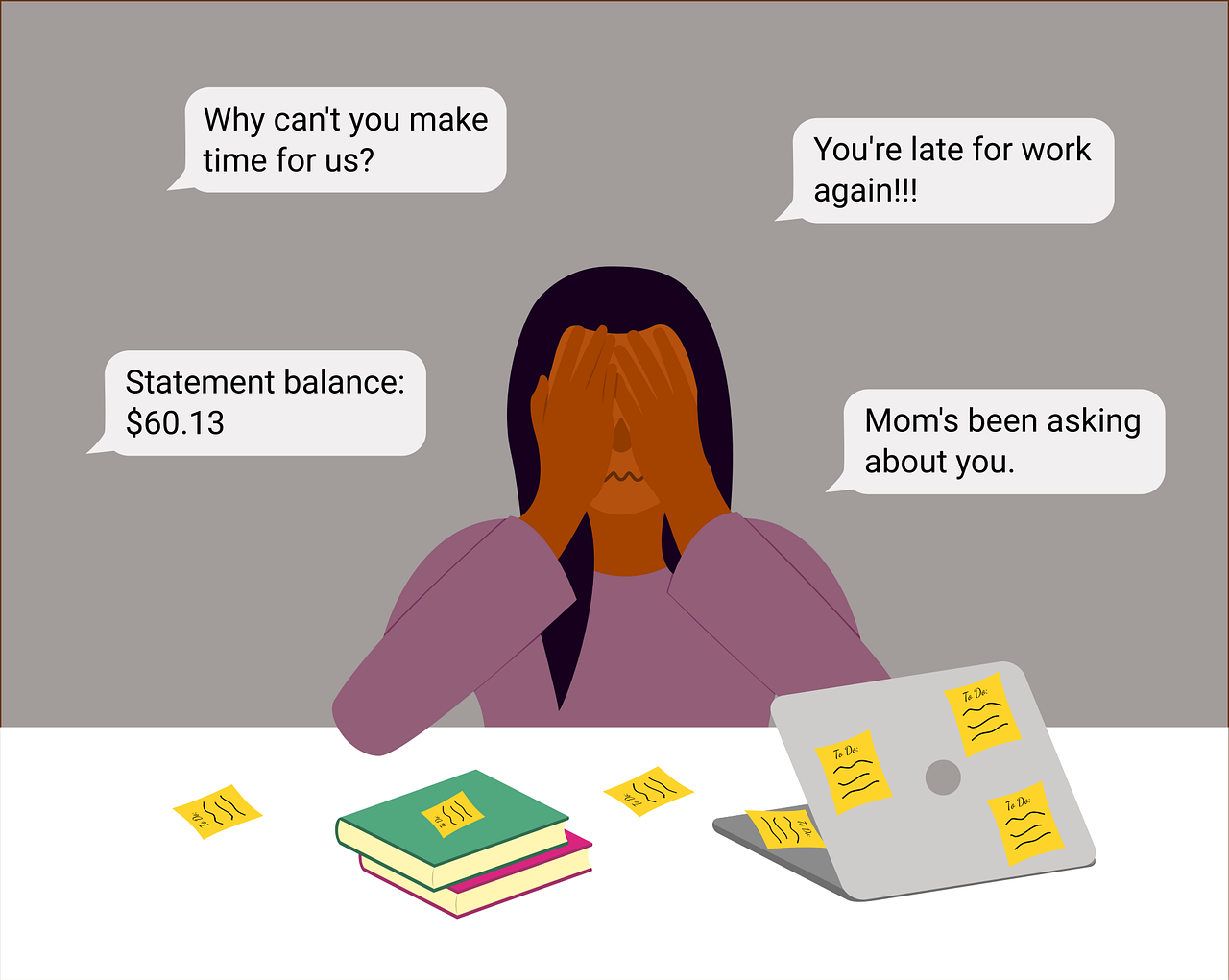Generalized anxiety disorder is a mental health condition that causes people to feel afraid, worried, and stressed all the time. It is marked by worrying too much, too often, and about things that do not matter. This worry could be about many things, such as money, family, health, or the future. Too much of it is […]


